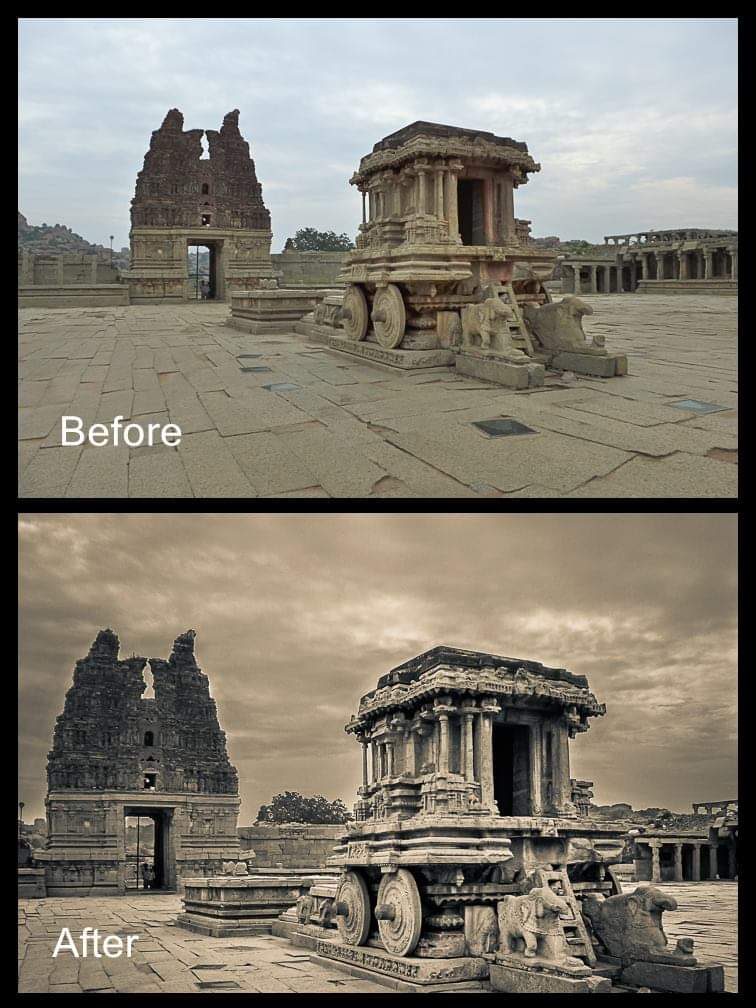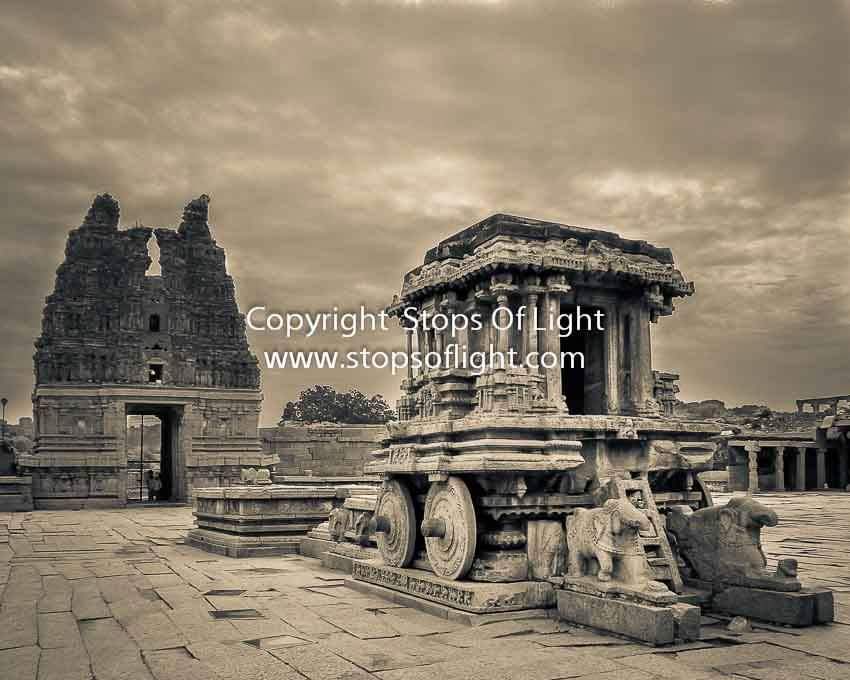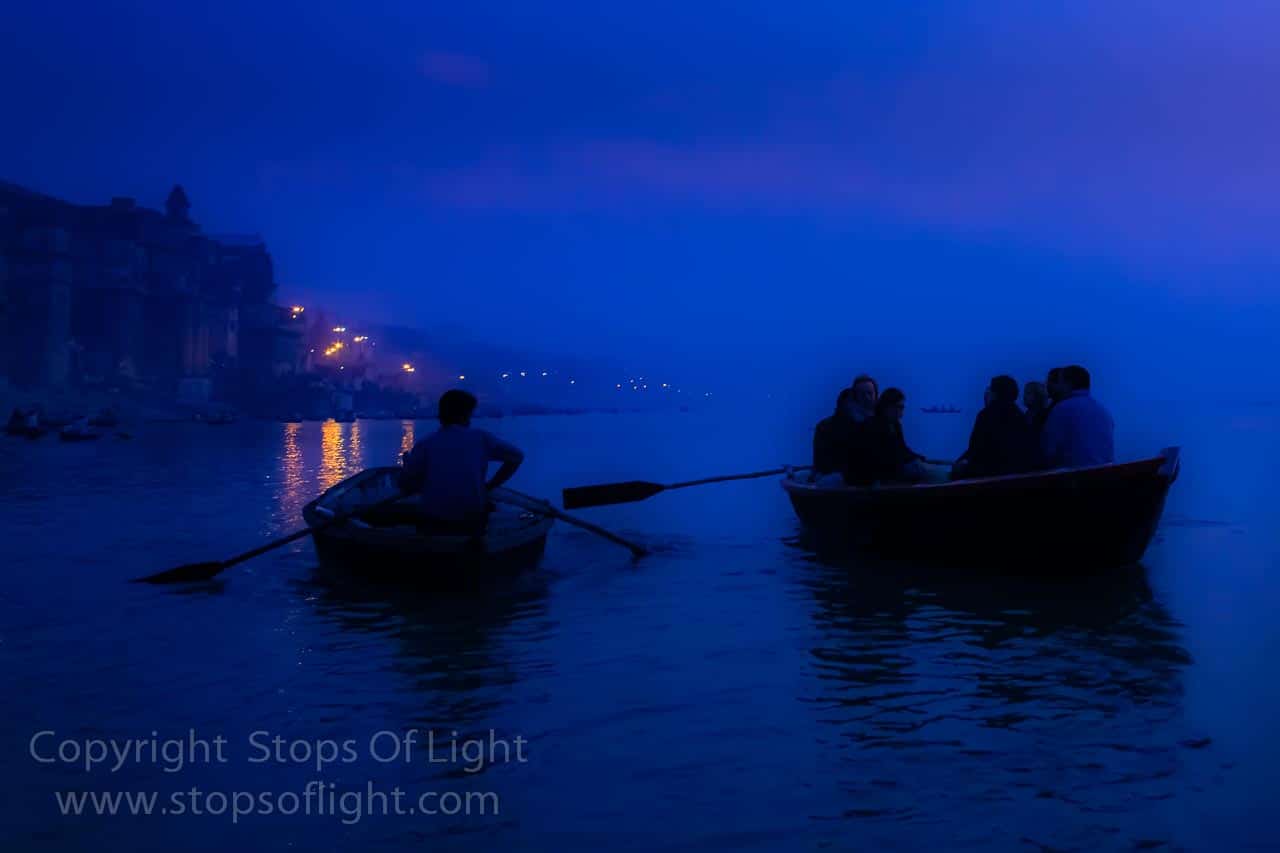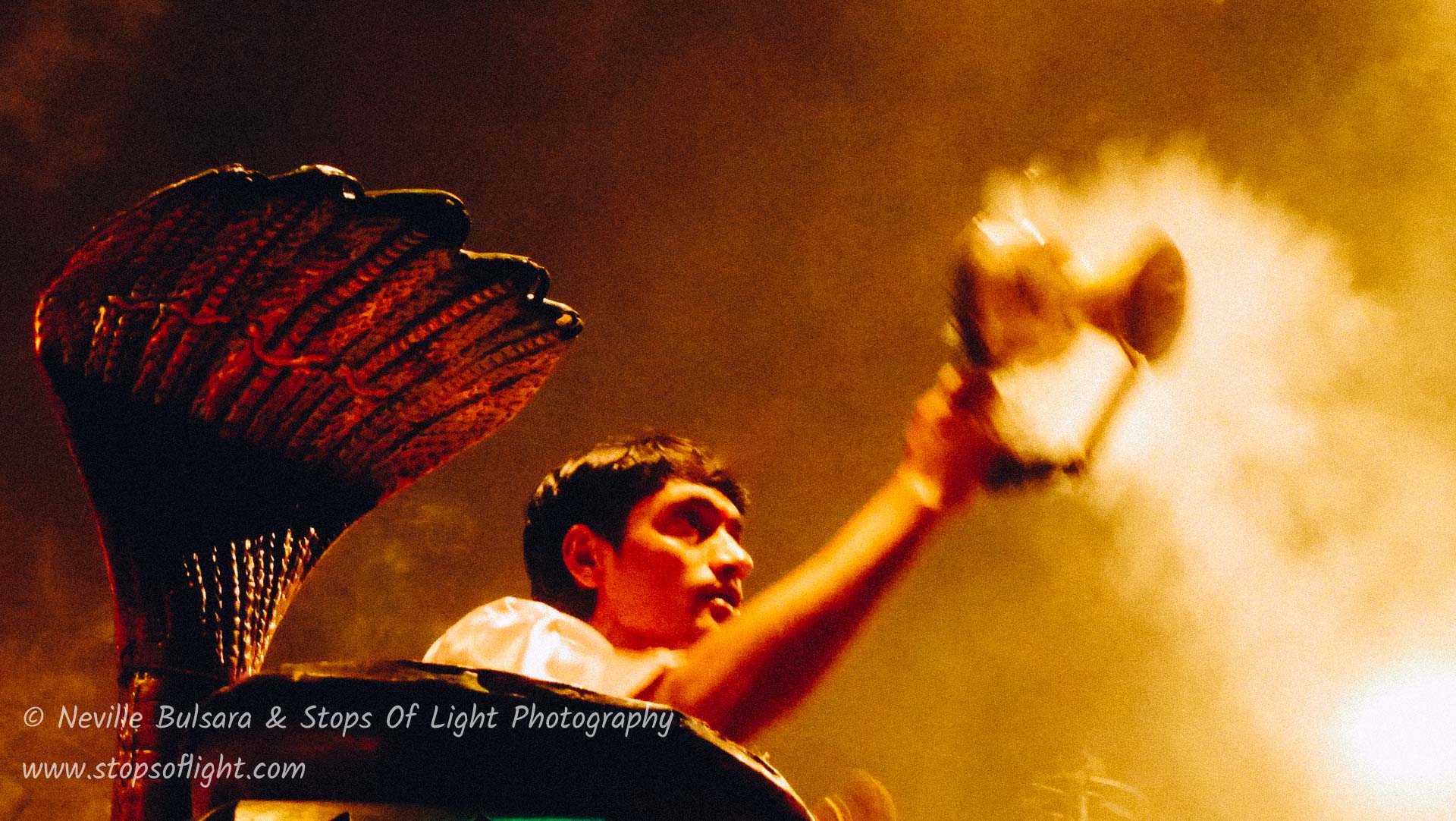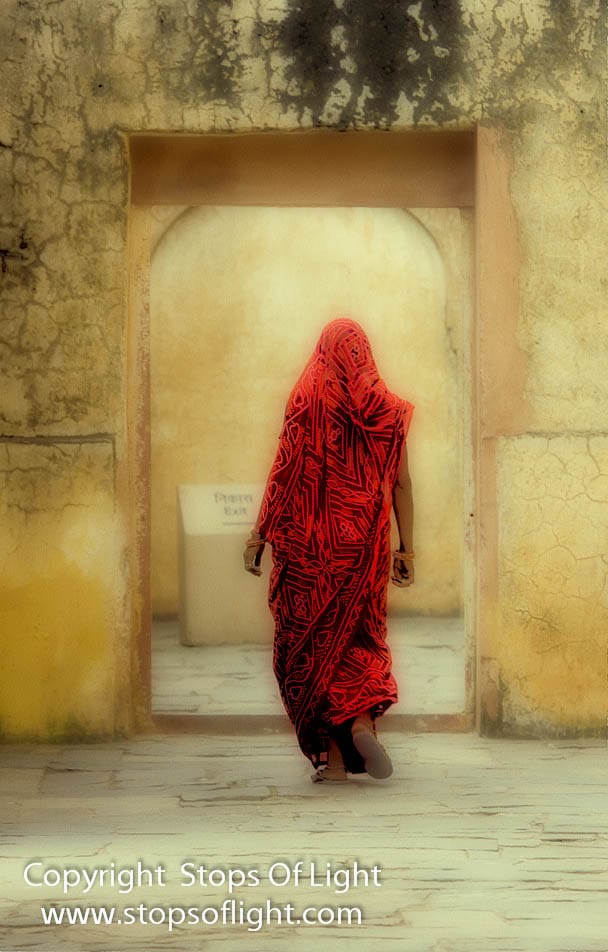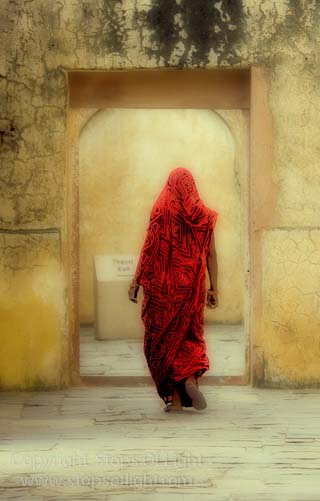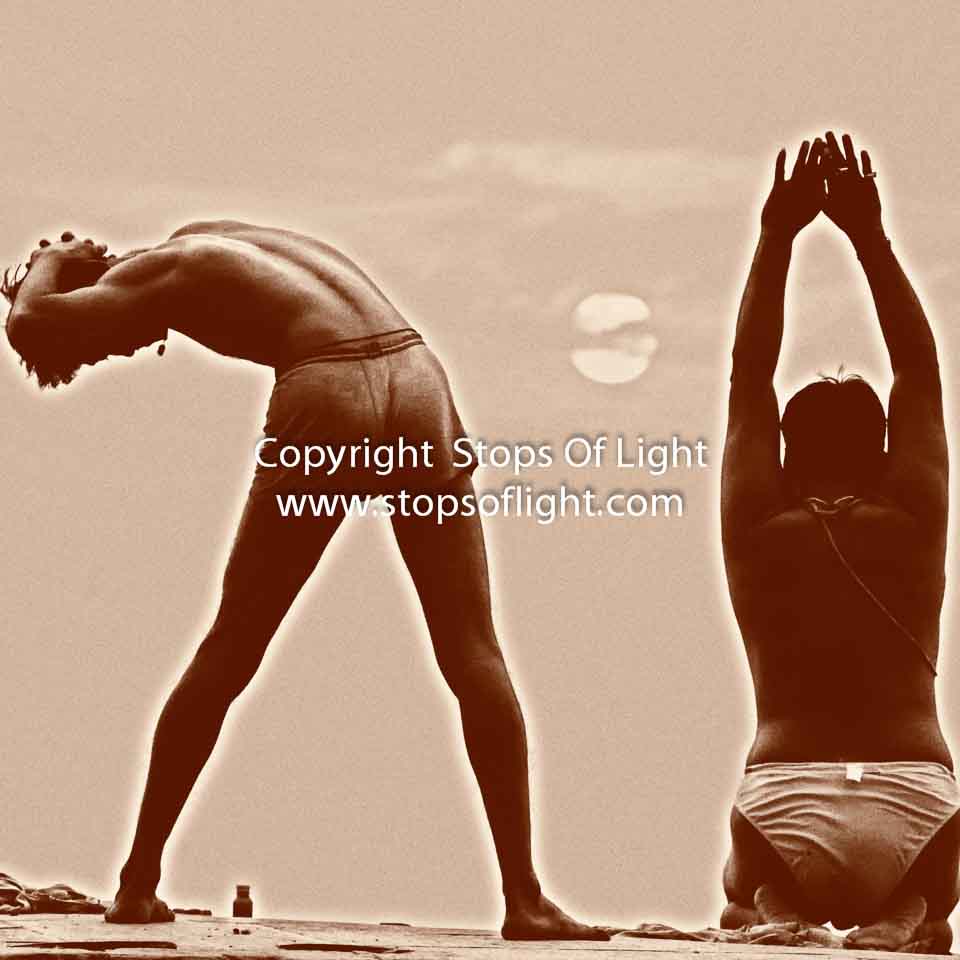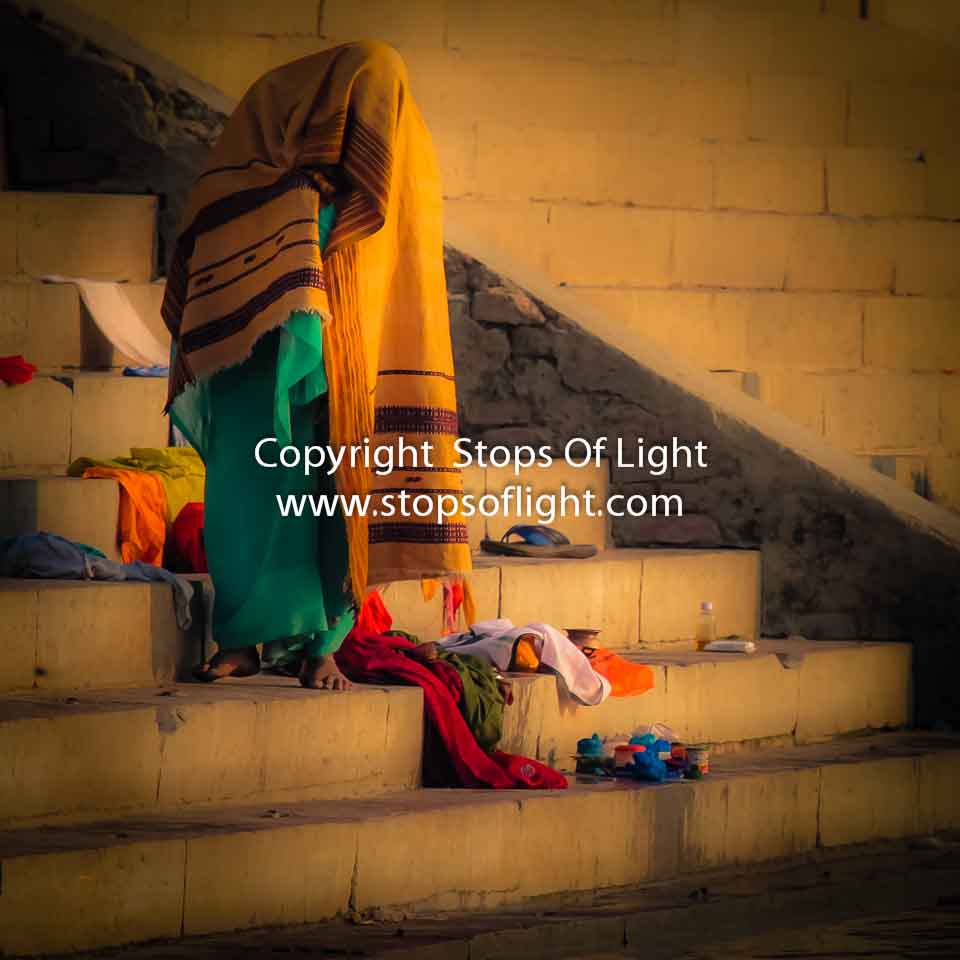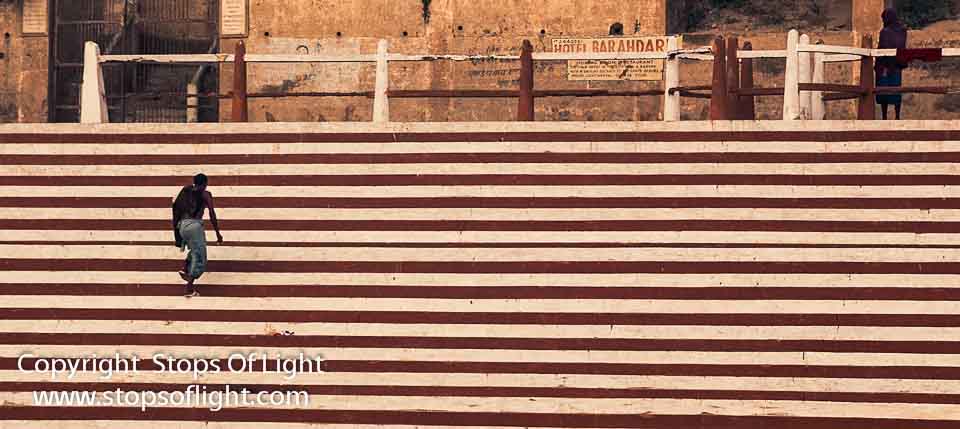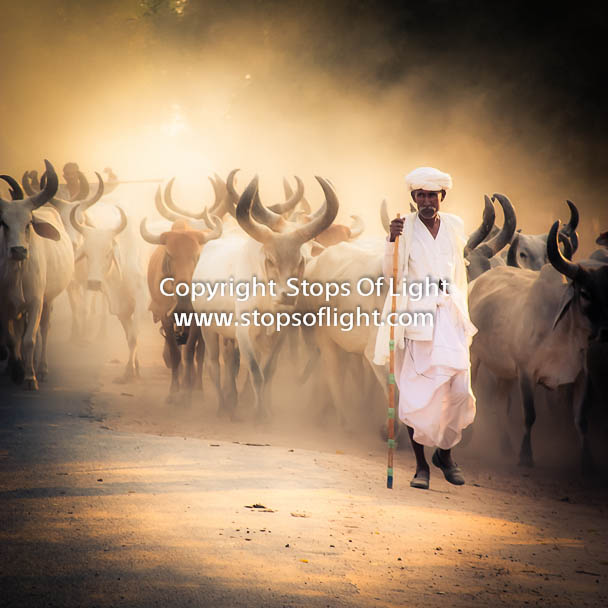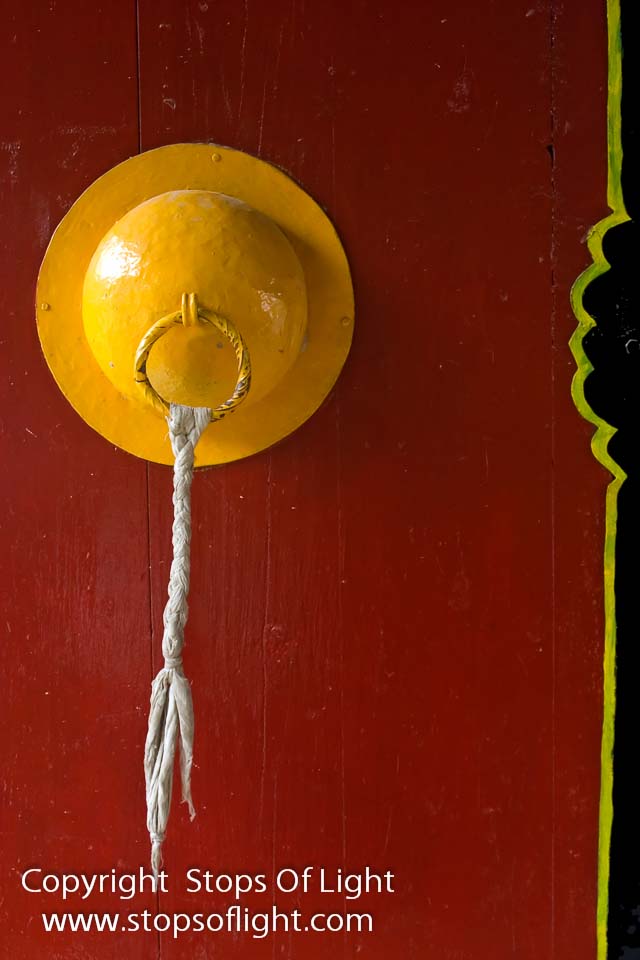So if you’re looking for a tip – or three – on how to ensure that Lady Luck has the hots for you, you’ve come to the right place!
TIP #1: YOU GOTTA BE A SMOOTH OPERATOR, REAL SMOOTH
(Or, Chance doesn’t like fumbling fools)
She doesn’t. No lady does. Like fumbling fools, that is. I mean just imagine this: a lady out wherever, and she needs a door to be opened, or she’s crying her heart out at a table at a restaurant or whatever. And there you go instead of being perfectly chivalrous and holding that door open for her (or offering her your kerchief), end up slamming that door in her face. Or, instead of a nice clean kerchief, you go ahead and give her that still damp smelly rag your dried your dog with. Or maybe, tripping over your own two feet and crashing into her at that door, or sprawling over that table…
Not done. It’s just not done! Not with Lady Luck, not with any lady!
The smoother you are, the more polished you are, the less you fumble, the better any lady – Chance included – is gonna like you. And she likes me because I’m invariably prepared for whatever she throws at me. Not hesitating in the least for a moment. Smooth. Real Smooth. That’s the name of the game.
What does this translate as in photography? Well, it encompasses decisions leading to pre-determined camera settings made before hitting the location. These decisions are based on a whole host of things — the weather, the light, the environment, location etc., all playing a role. And of course, there’s the bit (which is a lot!) of vision, but for the sake of this-here post I’ll restrict myself to one – My Exposure Mode.
MY EXPOSURE MODE OF CHOICE
APERTURE PRIORITY MODE. That’s what I employ almost a hundred percent of the time. To the extent that I ensure that my camera is set on that mode before I head out into the field. It works like a charm for me as I prefer to directly dictate to my camera the Depth-of-Field I wish to employ (via the f-stop) rather than the shutter speed. Besides, I’m extremely comfortable shooting at very slow shutter speeds if it comes to that, sometimes hand-holding the camera at slow at 1/6th of a second if it comes to that (which is not very often).
Of course, I will – and do – switch to Shutter Priority or Manual Mode if the situation dictates. But that isn’t really called for often as I mentioned.
That being said, you can’t totally divorce Aperture Value (f-stop) from Shutter Speed and ISO. Which obviously means that if I’m more focused on the setting the f-value (and letting the camera take care of the shutter speed), I must be having a preferred ISO of choice. Quite right there, I do. Again, it’s preset before I head out into the field (or, is set when I enter an environment where the lighting differs from where I was previously). The question is what my ISO setting of choice is – that, I’ll reserve for a future post. For this post let’s talk about my Aperture value (f-stop) of choice – the one that’s set by default before I head out into the field.
It’s f/8.
Being in Aperture Priority Mode – and f/8 at that – by default ensures that I’m working at my optimum. Perfectly in command to dictate to the camera precisely the depth-of-field I want rendered, reducing to the barest minimum any button-pressing and or dial-turning antics that would come between my subject and me. Smooth, real smooth. No coming across like a fumbling fool. Ready for whatever Chance throws at me, whenever she throws it at me. And trust me, she really has a thing for the guy – and gal – who can pick up the proverbial ball she throws at random and run with it at will. No wonder she has the hots for me!
As for just why I’m set at f/8 by default; again it’s all about being smooth. Real smooth – I cover that f/8 thingie in a separate post linked to at the end of this one. But before we head to that post, lemme share another tip with you…
TIP #2: DON’T TREAT HER LIKE SHE’S ‘ANY OTHER GIRL’
(Or, how not to be left holding your you-know-what in your hands)
Want to know the fastest way to tick any girl off? Yup, that’s right — keep telling her how similar she is to all the other girls around. Keep talking about your ex-flame / girlfriend / spouse. Keep giving her that same tripe, corny compliments every other guy who’s trying to woo a lady does. Put simply, do nothing original, treat her like any other girl…
Get this in your head, guys! You wanna woo a lady? Stop treating her like any other girl. She isn’t. She’s special. And she wants to be treated as the most special person on earth!
It’s the same with Chance. She’s gonna creep up on you when you least expect it, and the worst thing you can do is look at her like you do ‘any other girl’ (read that as fail to see the beauty in the most so-called “everyday / ordinary things”). The worst thing you can do is fail to see just how special she is. And the worst thing you can do is pay her the same crappy compliments that everyone else does (read that as making the same images everybody else does — put simply, copy the compositions of others, make the same cliche images you’ve seen before, failing to see and compose for yourself).
Do that one time too many — screw up in the ways I pointed out above, and guess what? She’s gonna do what any self-respecting lady would: Say “good luck to you mister!” and walk away, leaving you holding your you-know-what in your hands…
I’m referring to the camera of course!
And if you don’t want that to come to pass, learn to see and recognize the beauty of everything. Be ready to spot Chance whenever she appears. And do justice to her. Your way, not the way you’ve seen others do it!
TIP #3: SHE WANTS YOU TO TAKE CHARGE. OR DOES SHE?
(Or, Sometimes you follow, sometimes you lead)
Guys, if you’ve been – or are – in a relationship, you should know this by now. You may not have acknowledged it, but that’s the way it is.
You’re not in charge. She is. Period.
Kinda depressing, I know, but the faster you come to terms with it, the better you can deal with it. And trust me, it ain’t that bad actually.
It can – and will – be very depressing if you’re a control freak, which is where that desire to “be in charge” comes from. But trust me, that’s the fastest way to have things go downhill – you trying to control things you have no control over.
It’s not that she’s a control freak either – far from it. She just knows what she wants. Whatever it be. It doesn’t have to be something big and expensive, it could be something as “ordinary” as having the garbage put out. In that context, she’s in control. As for you, it’s your business how you get it done; she doesn’t really care about how you do it, as long as it’s done. That’s your department. In that, you’re in control.
And once you get the above clear in your head, you and the lady of your affections can really have a wonderful relationship. One that really works. One where she’s in charge, and you’re not.
But wait a second. Didn’t I say that “Sometimes you follow, and sometimes you lead”?
Well, here’s the trick: In relationships, with the fairer sex, you can sometimes get away with leading, as long as you make it seem like you ain’t being too clever by half about it. Essentially in the midst of all that following that you haveta do to maintain the peace, suddenly lead, only to slip into follow mode again. Whatever you do, don’t kid yourself for a moment into thinking she didn’t notice it; she did. She just chooses to let it pass. Don’t try it too often!
That girl called Chance is no different.
She’s in charge, you ain’t. You don’t lead, she does. You never know what she’s gonna do. All you can do is wait for what she throws at you, recognize what she wants done, and do it. How you do it – how you make the shot – is your business. Can’t do it? Tough luck, kid.
But sometimes – just sometimes – you can slip into lead mode with her. Essentially, you anticipate what she’s gonna do, what she wants before she enunciates it, and set things up so they work in your favor. Just don’t get overconfident and too cocky about it as I said, Chance – like any other girl – doesn’t take too kindly to that.
As for example here’s how I employed that “Sometimes you follow, sometimes you lead” principle here in the making of the shot: I was out there at f/8 as I said. I made this shot at f/5.6. Quite a narrow depth of field. Given that the woman in the photograph is walking away from me, I focused on her and took the shot, knowing that she’d still be in focus despite that she’d have moved in the interim between me focusing and tripping the shutter. Why? Because Depth of Field is greater behind what you focus on than in front of it. That, is “following”.
Had she however been walking towards me, I’d have focused not on her, but a foot or so in front of her (towards me). And I’d have taken the shot before she got to where I’d focused? Why? Because Depth of Field is smaller in front of what you focus on, and what with my small aperture (f/5.6) and the fact that she was moving towards me, it’d be quite possible that she’d be outside the Depth of Field area between me focusing on her and taking the shot. That, is “leading”.
And that’s how this shot was made — thanks to the hots a certain lady called Chance has for me. And my untiring efforts to keep her in good humor. Photography – as you can see – is simple: It mirrors real life!
